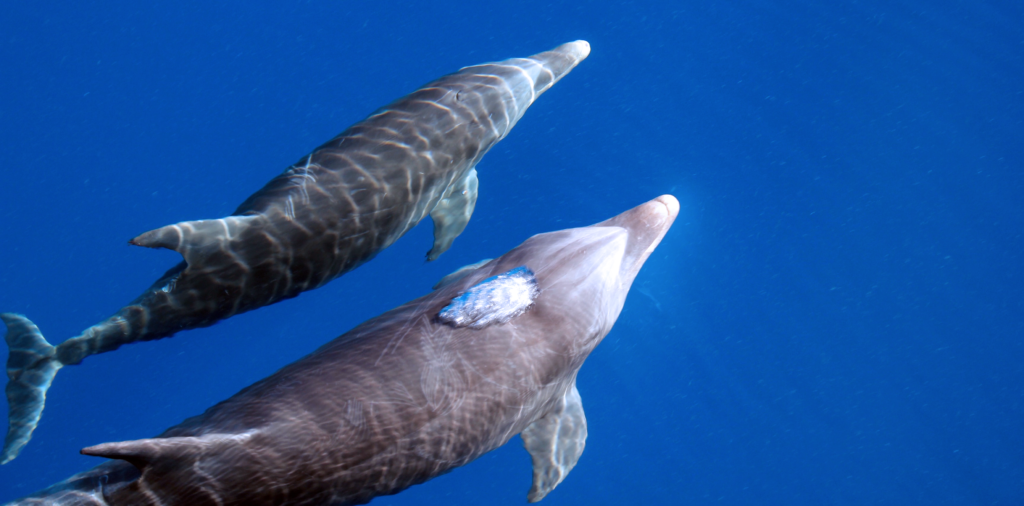
In the summer of 1983 “Every breath you take…” by The Police was on everybody’s lips. But did you know that every other breath you take comes from the ocean, produced by microscopic phytoplankton? We refer to this process as primary production, because it is the most basic process to convert the energy from the sun into chemical forms of energy that can be used by higher organisms. As such, marine primary production is not only at the bottom of the food web, it is also the starting point of all energy that flows through the marine ecosystem, up to the very fish that we eat. 1983 was also the year when Farooq Azam and colleagues published their seminal paper that brought into focus the important role of microbes in the ocean. Microbes are like the oil in your car’s engine that keeps everything ticking over nicely: they make sure that the energy is recycled and keeps flowing. But not all energy comes originally from the sun, some of it comes from the belly of the Earth itself, giving life to the spectacular ecosystems that we find at hydrothermal vents. And again, microbes are the vital link between the chemical energy from the Earth and all the weird and wonderful creatures that live near the vents. Oh, and lest we forget, there’s also dolphins in the ocean, and they are great fun to watch riding the bow wave as the research ship heads out to sea. But they are not only riding the waves, they are also riding the coattails of the microscopic life that makes it all possible… just like you and me.
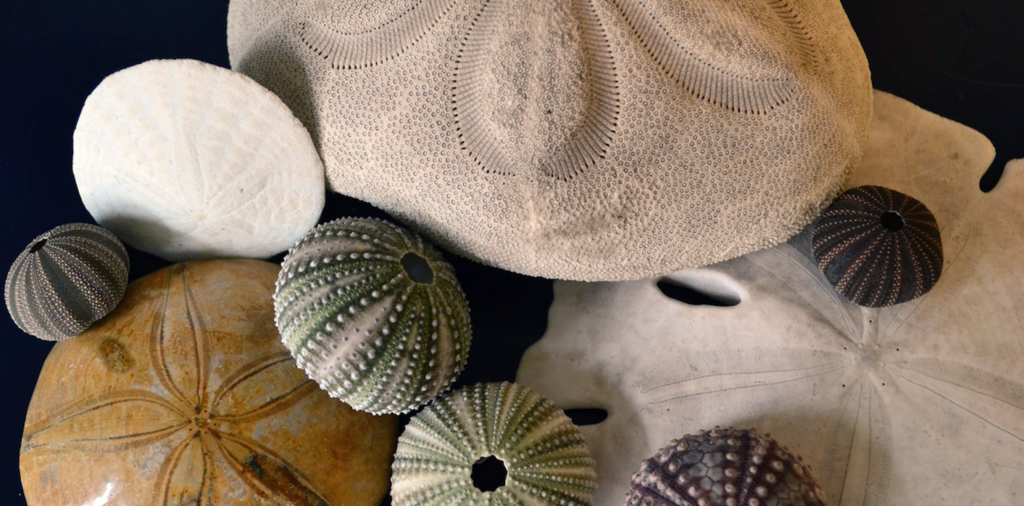
Evolution is the study of how life changes over time. Life began in the ocean around 3.5 billion years ago and has evolved continuously since. Single celled organisms (microbes) evolved new ways to fix carbon into organic molecules and ultimately to make oxygen by splitting water with energy from the sun. About 600 million years ago microbes evolved to form animal life, and later, plants. Life in the ocean continues to evolve – changing in response to new biological and environmental conditions. Will life be able to evolve quickly enough to keep up with climate change and other human-induced pressures?
Evolution Faculty
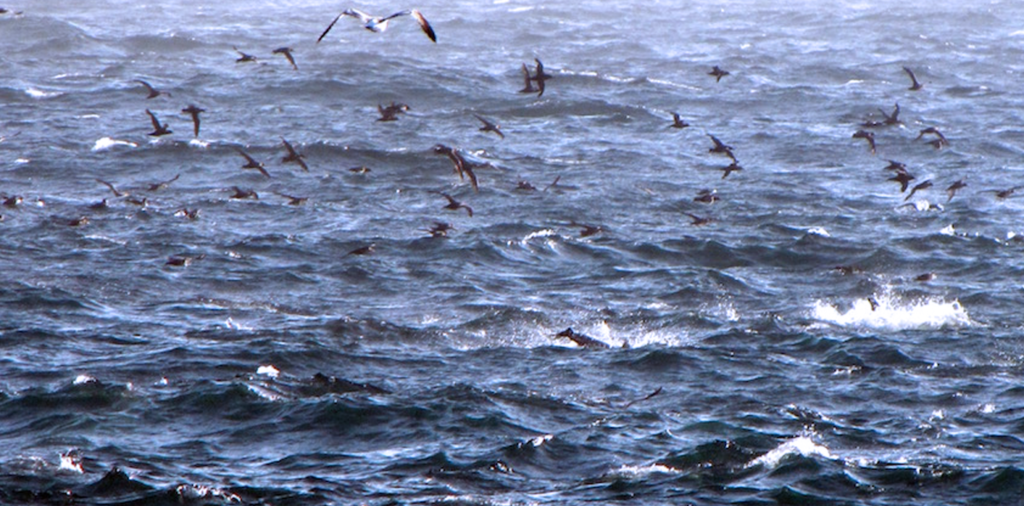
Ecosystems of the oceans are distinctly different from terrestrial ecosystems in that are tightly coupled to the physics and chemistry of the ocean and can show dramatic change on the timescales of hours. Understanding the structure and dynamics of marine food webs, and the associated interactions that structure them (from microbes to phytoplankton to zooplankton to whales), is a multifaceted and challenging task, occupying the research focus for many Rutgers faculty. Ecological study of estuaries and oceans is an integrative science that not only considers the organisms inhabiting these complex environments but also the physical, chemical, and biological factors affecting their structural and functional relationships. Biotic and abiotic components are interactive and must be considered when assessing ecosystem processes and condition. As such, ocean ecology focuses on populations and communities of organisms, their habitats, and the environmental conditions influencing the abundance, distribution, and diversity of these organisms. Anthropogenic activities may also have a significant effect on the stability and viability of the biotic communities and their habitats. Ongoing research efforts by Rutgers scientists span open ocean environments, hydrothermal vents, the deep sea, sea-ice communities, fisheries, and coastal estuaries and diverse aspects of larval and plankton ecology, including development, behavior, dispersal and settlement, and responses and adaptation to environmental change.
Ocean Ecology Faculty
Thomas Grothues (RUMFS)
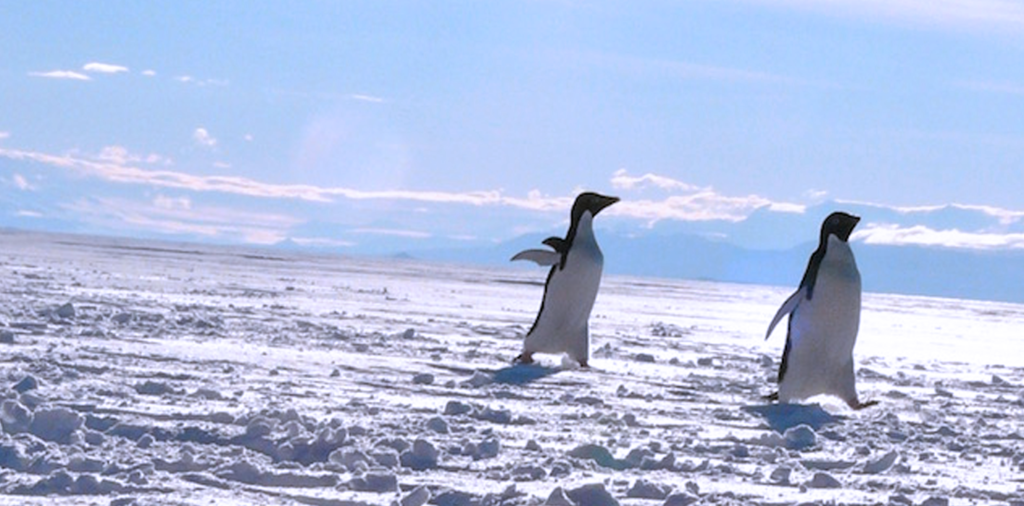
As the Earth’s climate is experiencing change, there are corresponding changes in the physics, chemistry, and biology of the ocean. For example,over the longer time scales, predictions are that the average global temperatures will increase over the next century, with an associated sea level will rise. The associated increase in ocean heat will alter the stratification of the upper ocean, which will likely decrease ocean productivity and alter the structure of the food web. All the changes associated with the global changes will impact organism distributions and will also affect the interactions of organisms throughout the marine food web. Faculty in our Department has numerous programs working on these questions with research spanning the entire marine food web. This research will provide us insight into what future marine ecosystems will look like.
Global Change Ecology Faculty
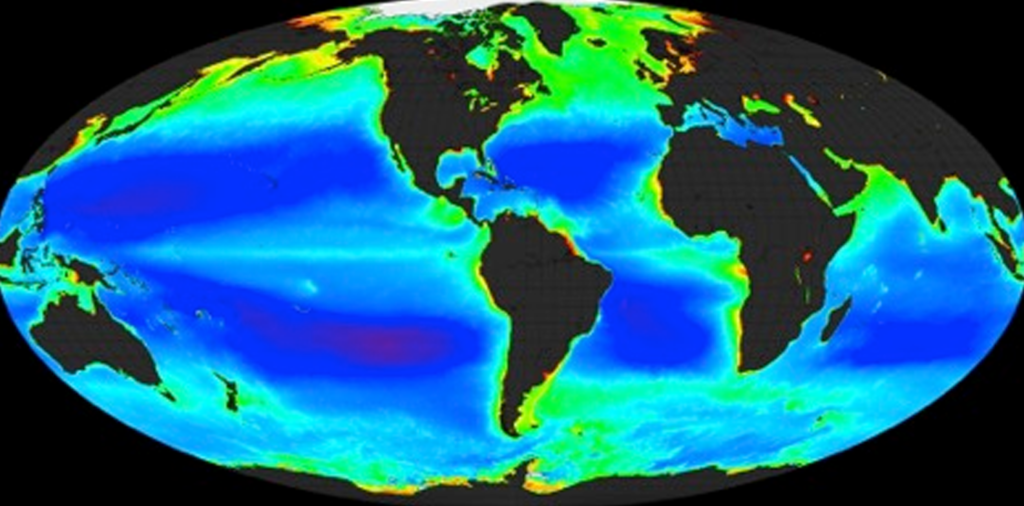
A biogeochemical cycle describes a pathway by which a chemical substance (oxygen, carbon, nitrogen) moves through both biotic and abiotic compartments of Earth. Elements, chemical compounds, and other forms of matter are passed from one organism to another and from one part of the biosphere or geosphere to another through biogeochemical cycles. The term “biogeochemical” tells us that biological, geological and chemical factors are all involved. The circulation of essential nutrients like carbon, oxygen, nitrogen, phosphorus, calcium, iron and water etc. through the biological and physical world are known as biogeochemical cycles.
Biogeochemical Cycles Faculty
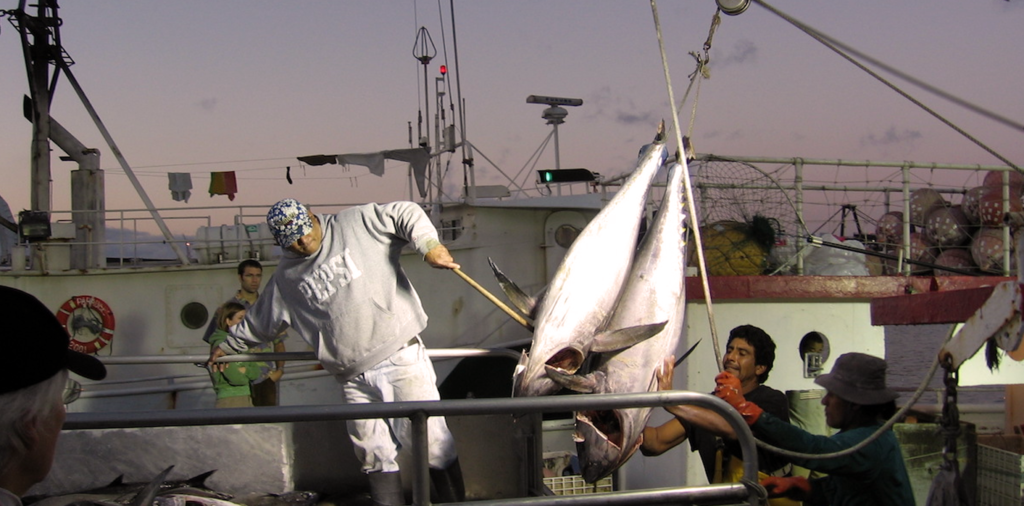
Wild fish and invertebrates from the oceans represent a renewable natural resource that can provide an environmentally sustainable source of food for people. Unfortunately, we are reaching or surpassing the limits to sustainable harvest globally and dramatically changing the environment that supports it—all while the world’s human population continues to grow. Rutgers scientists are at the forefront of assessing local and global stocks of important commercial fisheries species and developing sustainable management practices. At the same time, aquaculture is increasingly helping to fill this supply gap. Who doesn’t love a succulent oyster, a hearty clam chowder or a pan seared sea scallop? Many species of shellfish comprise some of the largest (surf clams and ocean quahogs) and most valuable (sea scallops) fisheries in the US, all of which exist right here in New Jersey. Raritan Bay, Barnegat Bay and later Delaware Bay were centers of a huge oyster industry that is experiencing a global resurgence and is poised for revival in Delaware Bay. Clam aquaculture began in New Jersey and thrives in the back bays behind Atlantic City and elsewhere along the New Jersey coast. Many of these shellfish are plagued by parasites and disease (pathogens) and Rutgers has played a key role in helping understand how to detect and manage shellfish diseases and develop superior stocks through selective breeding and innovative genetic technology. The seafood many of us have come to enjoy out on the town, at gatherings with friends or cooked at home are in part a result of many years of research by Rutgers faculty and students. Scientists at Rutgers are investigating the status and trends of fisheries around the world, the impacts of disturbances like climate change and oil spills, and the ways that aquaculture can be made more productive and environmentally sensitive.
Fisheries & Aquaculture Faculty
Thomas Grothues (RUMFS)
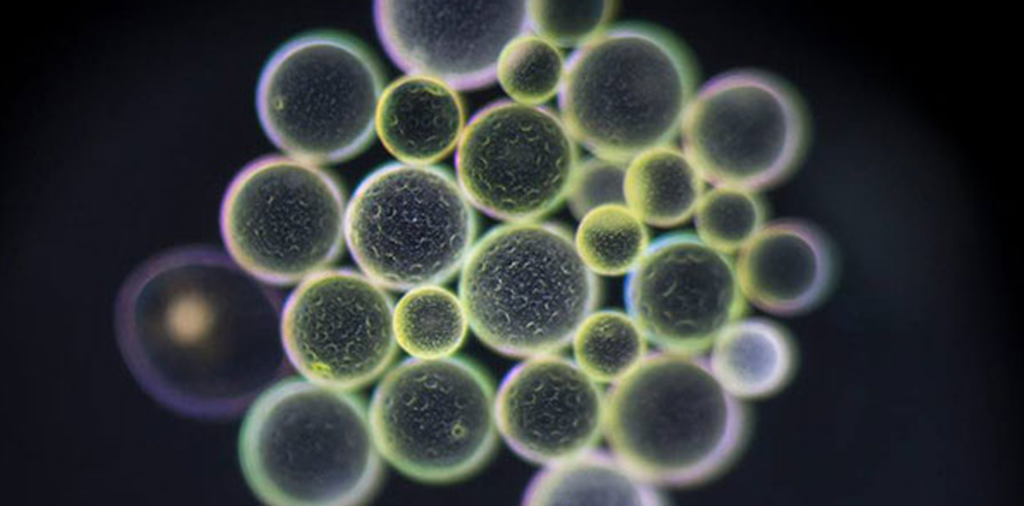
The oceans are the oldest, evolving continuum on Earth with its evolutionary heritage imprinted in microbial genomes. Marine microbes (i.e., protists, phytoplankton, bacteria, viruses) account for ~95% of all oceanic biomass and drive oceanic ecosystems and biogeochemical cycles through an immense, rapidly evolving, metabolic diversity. They inhabit every conceivable niche from spanning the sunlit, oxygenated upper ocean to the deep, dark biosphere of trenches and hydrothermal vents, having evolved adaptations to extreme ranges in temperature, pH, oxygen availability and pressure. Yet, we are still faced with fundamental open questions about the diversity, activity, regulation, and evolutionary development of their biochemical and molecular strategies. This is largely due to the fact that microbes are hard to differentiate and study using traditional, ecological observational techniques. Understanding of the form, flow, and function of biological molecules (genes, proteins, lipids, and metabolites), which shape the structure of cells, organisms, and ecosystems, and how encoded cellular information flows through a dynamic ocean and shapes the trajectory of ecosystem processes and biogeochemical cycles is a critical aspect of microbial oceanography and molecular ecology. How do a wide variety of biomolecules operate and imprint themselves on the environment by regulating the fate of a diverse array of cells, processes & ecosystems? Ongoing efforts by Rutgers scientists aim to elucidate the diversity, activity, regulation, and evolution of microbial genes and link them to key oceanic ecosystem and biogeochemical processes, by merging biochemistry, molecular biology, and genome-based approaches with innovative instrumentation. These efforts have begun to shed novel insight into staggering microbial biodiversity and a range of cellular strategies, including niche adaptation, stress response, cell communication, signaling, and defense, which strongly shape their ecological and biogeochemical impact in the oceans.
Molecular & Microbial Ecology
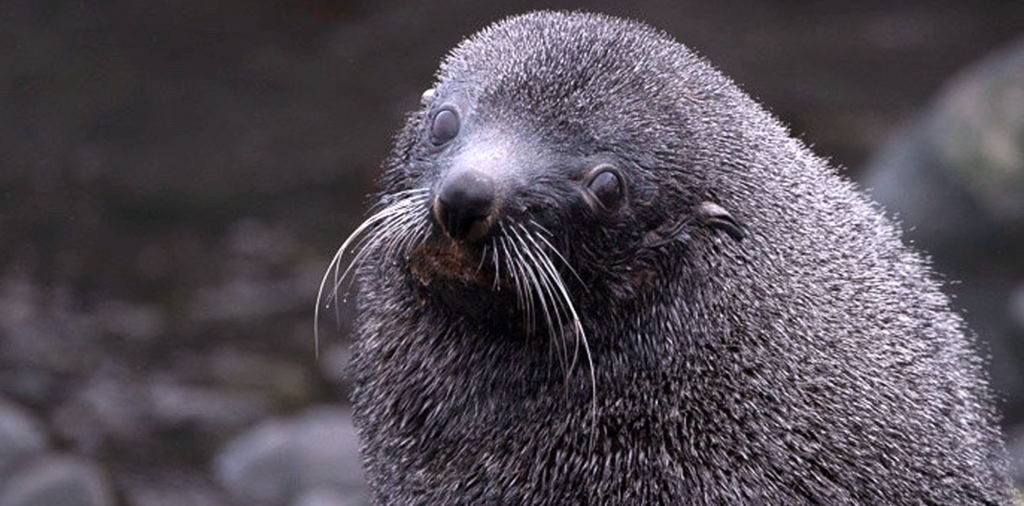
How are species influenced by their environment? How do species influence their environment? These are some of the fundamental questions at the core of ecology. The field of biogeography works to understand the factors influencing the distribution and abundance of species, including temperature, disturbance regimes, species interactions, depth, and sediment type. Living organisms, however, also alter their environment, changing nutrient and chemical cycles, altering sediment transport, and otherwise interacting with the other living and non-living components of the ecosystem. Ecosystem ecology studies the complex and fascinating feedbacks between organisms and their environment.
Ecosystems & Biogeography Faculty
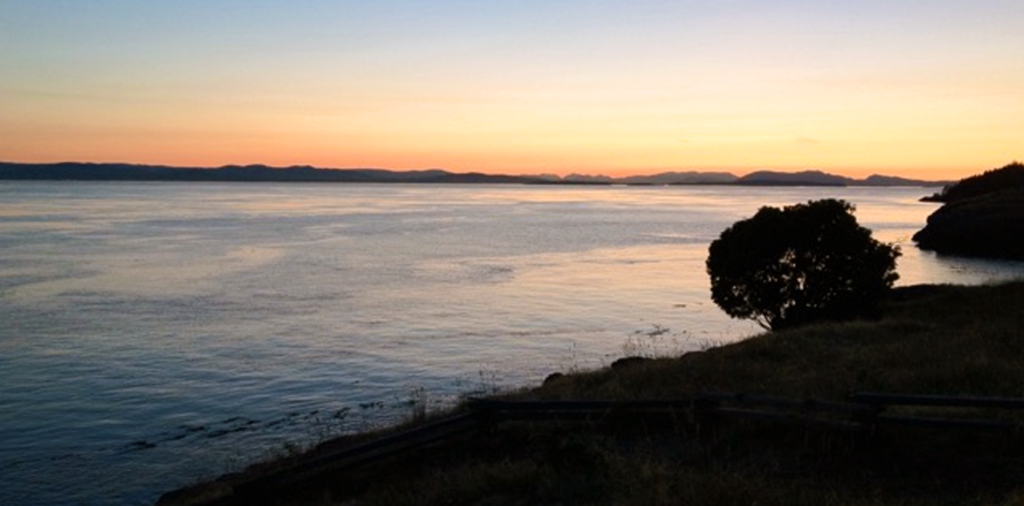
Mountains washing into the sea are frequently invoked in music, art and literature. But these allegories omit the connection that links these end members: Estuaries. Look for a moment at your local river and you will witness the inexorable flow of water towards the sea and with it sediment, minerals, carbon and whatever else washes off the land and whatever we humans discharge into it. But the sea, heavily laden with salt, slumps underneath the river water and paradoxically flows upstream until it meets the river for battle on its own ground in the estuary. This convergence traps materials and accumulates food for the ecosystem, and supplies sediment to the marshes. The interplay between fresh and salt waters is agitated by tides and topography, which together make estuaries amongst the most dynamic and fascinating marine systems on earth.
Estuaries are also the most productive ecosystems on earth, and yet with 75% of the world’s population living in their watersheds, they are also the most impacted by humans. Thus we study them from a framework built on classical physics to ask: What drives their circulation? What controls the fate of material discharged into them? How they will respond to climate change and to human activities within their basin?
To better understand an estuary, we take its temperature and measure how fast it moves and swirls, the amount of salt flowing in its veins, and the amount of material that its flow carries. We stick scientific instruments into the water from a boat or affixed to a buoy that we hope haul in one day full of data. Sometimes we even dye the water red or yellow to visualize and quantify these beautifully complex mixing processes. We hold these data up against simple theories and complex computer models to advance our understanding of how estuaries work. We join forces with other marine and terrestrial scientists to understand how the physics of estuaries shape the marine ecology and how future change might alter their ecosystem and aesthetic value. This deeper understanding has vast societal implications such as predicting if a city will continue to be able to withdraw water for drinking in the face of sea-level rise and channel dredging or to determine the amount of industrial discharge a system can withstand without being compromised. Finally, this river water, modified by these estuarine processes, eventually debouches to the sea. But this story involves a discussion of coastal processes an equally fascinating and important topic that we save for a later day.
Coastal & Estuarine Processes Faculty

Polar regions play an integral role in regulating the Earth’s climate and have a major influence on biogeochemical cycles. Both the Arctic and Antarctic are particularly vulnerable to climate change. The loss of sea ice and permafrost and the collapse of glaciers as a result of climate change will impact the rich diversity of biota in these ecosystems as well as sea level rise. Our department has a very active polar research program, supported by multiple NSF grants, and involving many students from various disciplines. Rutgers scientists are engaged in both Arctic and Antarctic research using both regional and global climate models and via large collaborative efforts including GEOTRACES and the Palmer Long Term Ecological Research program, and utilize fieldwork opportunities in these regions to enrich undergraduate and graduate education.
Polar Research Faculty
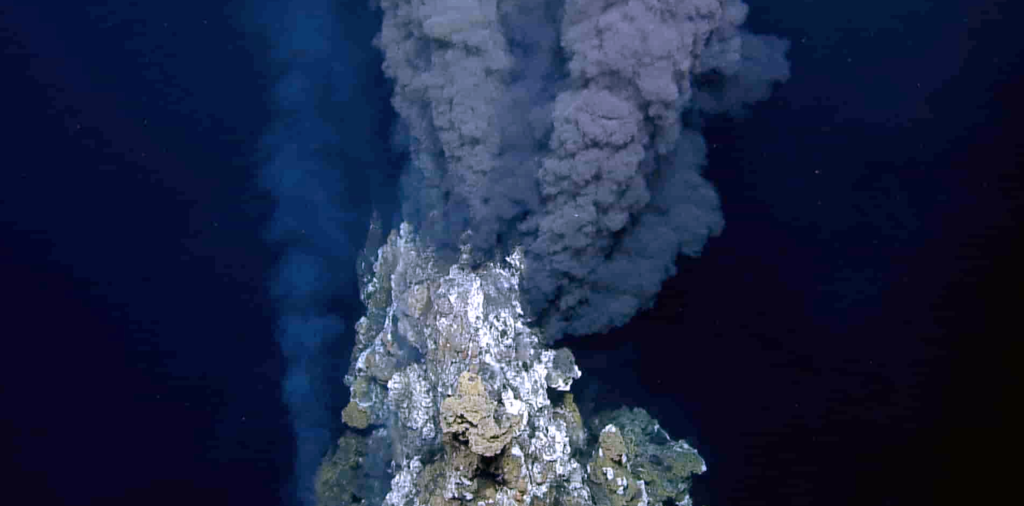
On February 17, 1977, pilot Jack Donnelly and geologists Jack Corliss and Jerry van Andel were surveying an area of the seafloor along the Galapagos Rift. The pilot and the two scientists were navigating aboard the deep-submergence vehicle Alvin at a depth of 2500 meters when they entered a bizarre, 20-meter-wide oasis of life populated by giant white clams clustered around shimmering, milky fluids escaping from cracks in the seafloor. Alvin’s heat sensor recorded 16°C in the cracks, a relative mild temperature compared to the frigid 2°C of the deep ocean. “Isn’t the deep ocean supposed to be a desert? Well, there’s all these animals down here…”, Jack Corliss announced over the acoustic telephone. While temperature anomalies had been recorded earlier along mid-oceanic ridges, and the existence of hydrothermal circulation at the bottom of the ocean had long been hypothesized, Alvin dive 713 went down in history as the official discovery of deep-sea hydrothermal vents.
Deep at the bottom of the ocean, geology, chemistry and biology boil together at hydrothermal vents. Magma near the surface makes new oceanic crust and also heats rock and seawater to create a chemical brew that alters the chemistry of the ocean. These hydrothermal fluids are laden in reduced chemical species that provide energy and carbon to chemosynthetic bacteria that support rich communities of invertebrates in the otherwise seemingly barren abyss. Giant tubeworms, shrimp with no eyes, hairy snails, and yeti crabs have found ways to farm, harvest and collaborate with these microbes. But these chemical and biological oases can be transient. The magma that starts the whole process can erupt and wipe the slate clean, or recede and starve the vent. Rutgers scientists integrate field and laboratory work to study the physiology, ecology and evolution of the unique microbial and animal communities at hydrothermal vents and to quantify the contribution of marine hydrothermal systems to global biogeochemical cycles. Rutgers researchers dive to the seafloor using deep-diving submersibles, remotely operated and autonomous vehicles to explore and sample hydrothermal vents around the world’s oceans.
Acoustic Imaging & Quantifying Seafloor Hydrothermal Vent Flow
Hydrothermal Systems Faculty
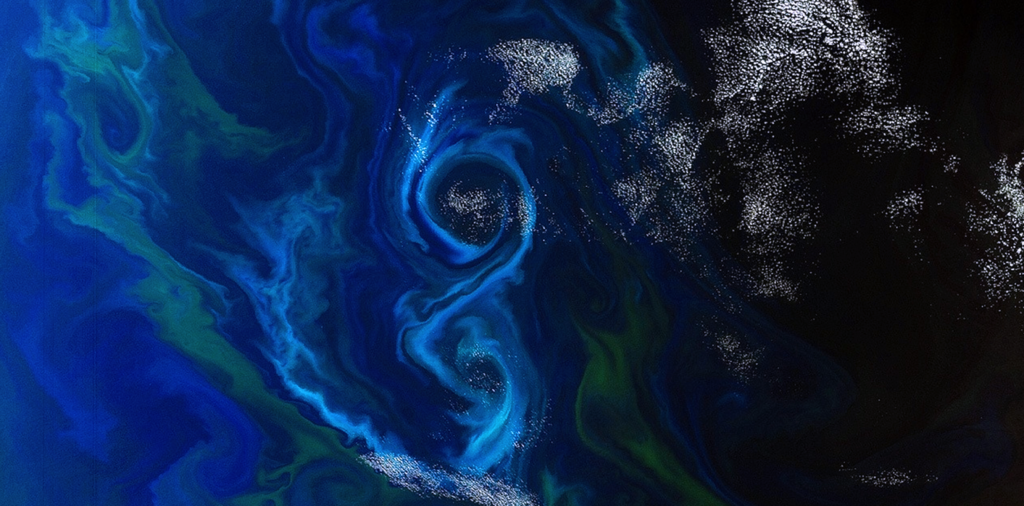
The study of matter and its motion through space and time is essential to oceanography, with physical processes spanning the subcellular to macroscale over millisecond to annual frames. Marine phytoplankton have influenced our profoundly shaped our planet through the oxygenation of the Earth’s atmosphere and the removal of fixed CO2 to the deep ocean by photosynthesis and sinking, a process called the ‘biological pump’. The process ultimately derives from their innate ability to capture protons and electrons from water and transport them across membranes in photosystems. These types of subcellular biophysical interactions drive the function and evolution of proteins, biochemical processes and biological cell systems. At the same time, the physical motion of water is integral to marine life, affecting organism form and function through ecological interactions and transport processes. Water movement provides communication signals and behavioral cues to small plankton and larvae. Likewise, fluid forces affect the mechanics and energetics of swimming and the ability of bottom-dwellers to remain attached to the seabed. Turbulence, waves, and currents carry planktonic organisms and determine how they are distributed in space and time. Collectively, these water motions are a selective force, driving behavior, body shapes, and other adaptations that help organisms thrive. Ongoing departmental research investigates biophysical form and function of photosynthesis and related metabolic pathways, as well as how organism-flow interactions affect motion sensing and swimming behavior, energetics, larval transport and settlement, and gene flow among marine populations.
Environmental Biophysics Faculty
Maxim Gorbunov
Thomas Grothues (RUMFS)
